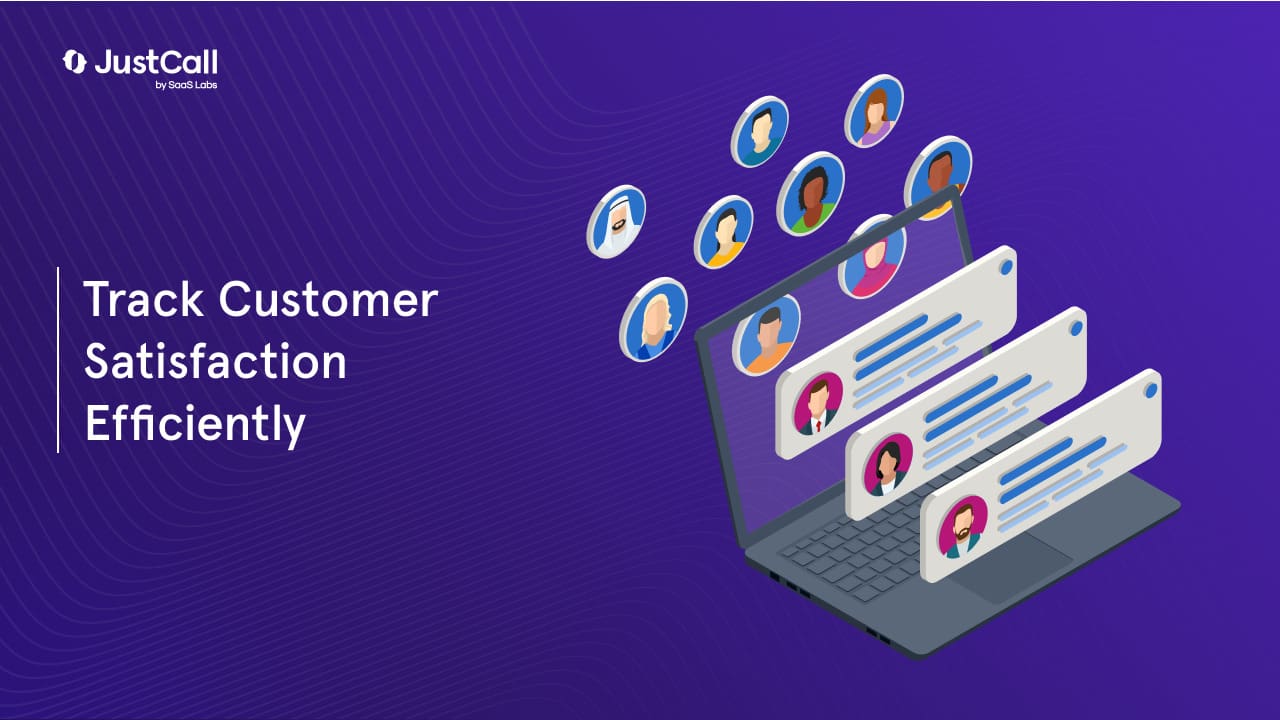Did you know 62% of customer service channel transitions are “high effort” for customers? This means that if the transition between channels is not seamless, it may not result in a positive customer experience (CX).
Insights like these are invaluable for organizations that wish to continuously track their customer’s behavior—and happiness.
In this guide, we will look at the challenges you might face in driving a customer satisfaction survey and how to extract actionable insights from a 360-degree customer survey analysis.
Top Challenges in Customer Experience Measurement
Customer experience measurement is often easier said than done. There are plenty of challenges that might come your way:
- Data Overload: Dealing with too much data is a pain. Over time, your team may have collated tons of customer feedback from surveys, social media, emails, and more. Sifting through all that information—and making sense of it—can feel like a lost cause.
- Getting Honest Feedback: Sometimes, customers aren’t completely honest in their feedback. They may either be in a hurry or may view the survey as a futile experience, so they just say everything’s fine. That can make it tough to know what’s really going on and gather authentic feedback.
- Timing: Asking for feedback at the right time can make or break your survey game. If you reach out to customers too often, they might get annoyed. If you send the survey too late in the day, they might not remember the details of their experience. Finding that sweet spot can be tricky.
- Benchmarking: Knowing whether your CX is actually good or bad can be challenging. What’s a good score? What’s a bad score? Remember that this score can vary drastically depending on your industry (and the competition).
- Actionable Insights and Personalization: It’s great to gather feedback, but the real magic lies in knowing what to do with it. As a CX manager, you must focus on turning real-time customer feedback into practical steps for improvement—a herculean task! Plus, research claims that for 1 in 5 respondents, the inability to personalize customer experiences is a challenge to achieving desired CX.
- Technology Integration: Many companies use different tools for gathering feedback, such as surveys, chatbots, and social media listening. Making all these tools work together seamlessly is a tech puzzle in itself.
- Budget Constraints: Investing in CX measurement tools and analysis is a costly affair. You may need to balance your budget while getting accurate insights, a constant struggle for many managers today.
- Customer Journey Complexity: Given the extent of digital integration in our lives, customers end up interacting with your business through various channels—website, mobile apps, phone, and in person. Tracking and measuring the entire customer journey, especially in an omnichannel setup, can be difficult.
- Cultural Shift: Sometimes, getting everyone in a company to prioritize CX and act on feedback requires a cultural shift. Convincing all departments to work together toward a better customer experience can be a long and challenging process.
Best Practices for Driving Call Satisfaction Tracking and Post-call Feedback
For 74% of customers, customer service affects their brand loyalty:
Needless to say, improving your customer service should be every organization’s top strategy. Here are some of the top priorities for a B2B marketer in improving CX:
Let’s now look at a few best practices for driving call satisfaction tracking and post-call feedback within your customer service operations:
| Best Practices | How to Go About It |
| 1. Set Clear Objectives |
Be clear from the start. |
| 2. Choose the Right Metrics |
|
| 3. Implement Post-Call Surveys |
|
| 4. Keep Surveys Simple |
|
| 5. Ask Open-Ended Questions |
|
| 6. Encourage Honest Feedback |
|
| 7. Analyze Data Regularly |
|
| 8. Share Feedback with Agents |
|
| 9. Involve Cross-Functional Teams |
|
Get Instant Customer Insights from JustCall’s Post-call Feedback Feature
Technology is the biggest driver of a great brand experience. Without a strategic automation tool, your CX efforts can fall through the cracks.
If you want to stay on top of your call satisfaction tracking efforts, JustCall Cloud Phone System can help. The system comes power-packed with an option to get instant feedback on agent performance using an automated Post-Call Survey.
This functionality allows you to send surveys that can:
- Allow customers to rate the conversation quality on a scale of 1-5 using their phone’s keypad
- Enable customer service managers to easily track the Post Call Survey analytics
- Improve the customer experience by getting feedback from clients after every call
To know more, explore our Post-Call Survey feature.












